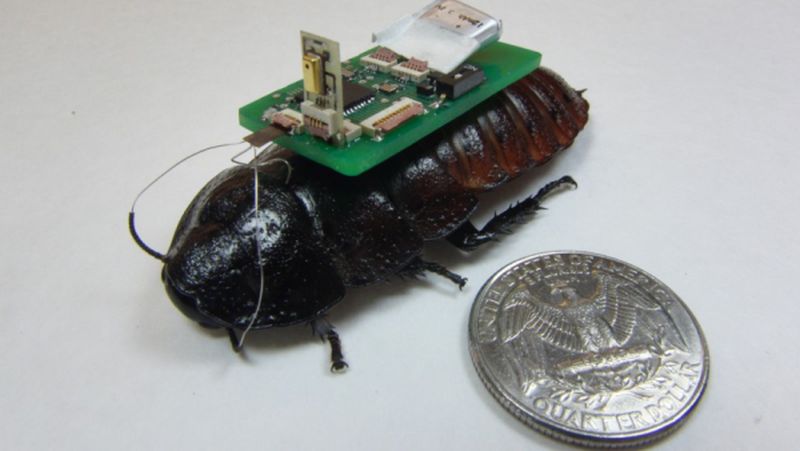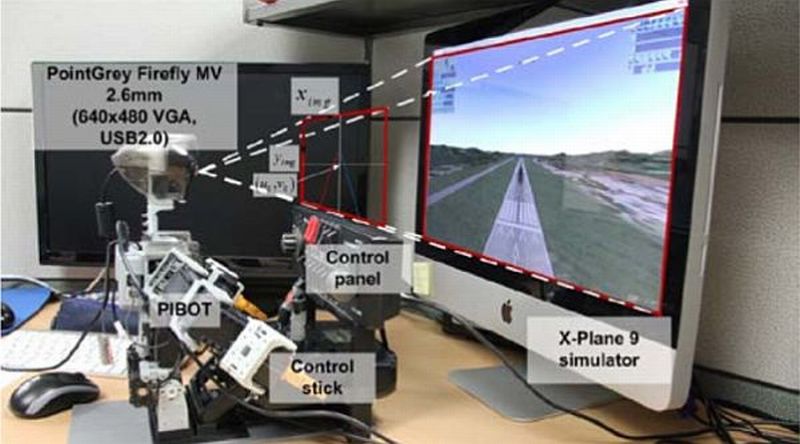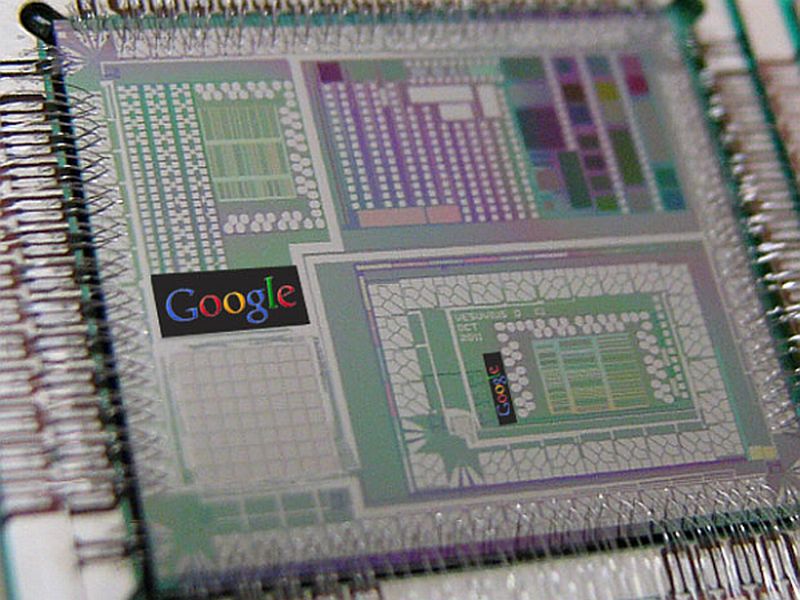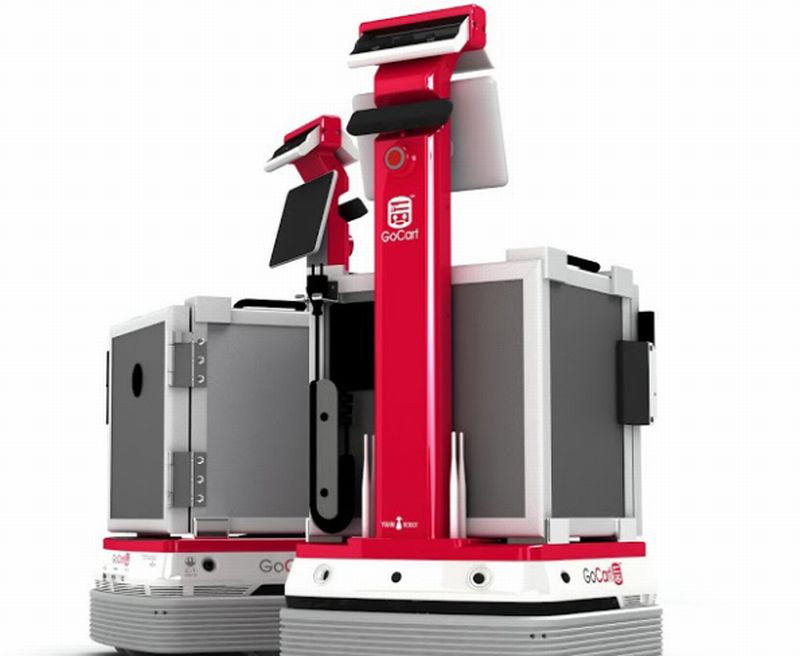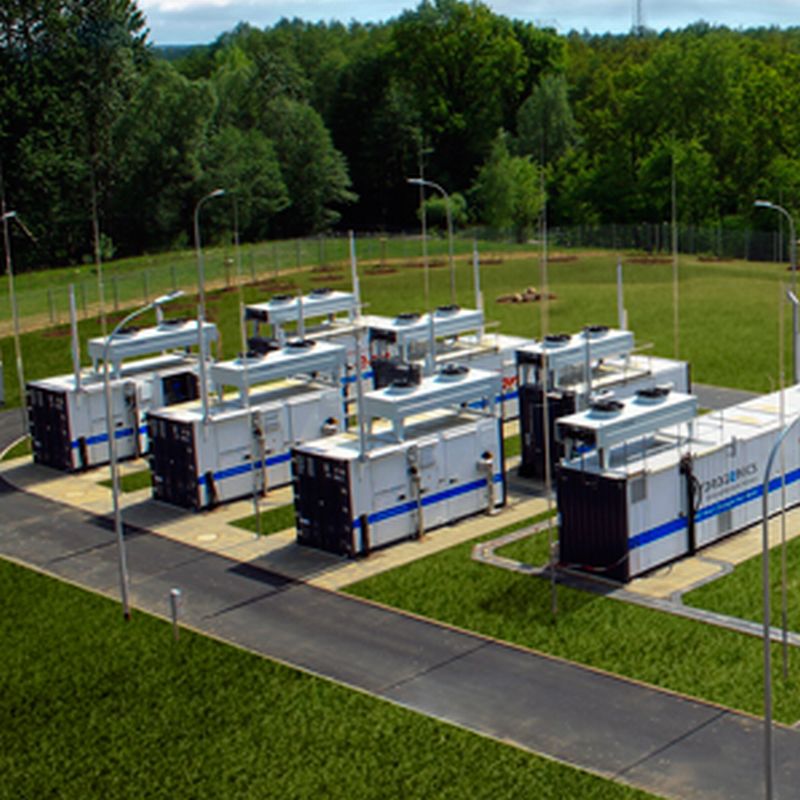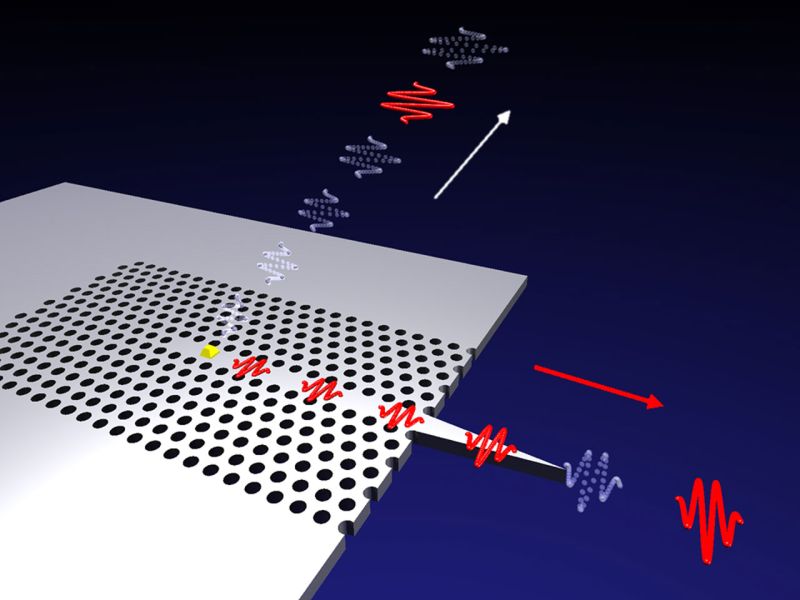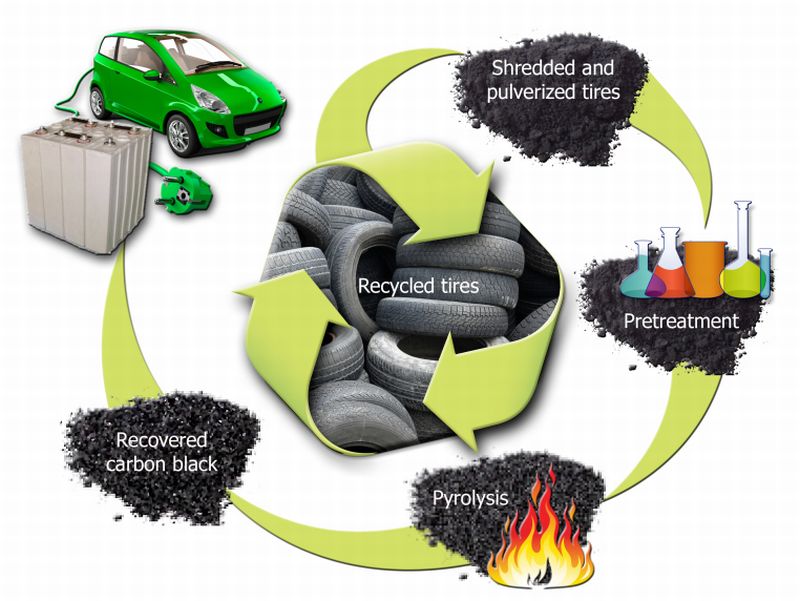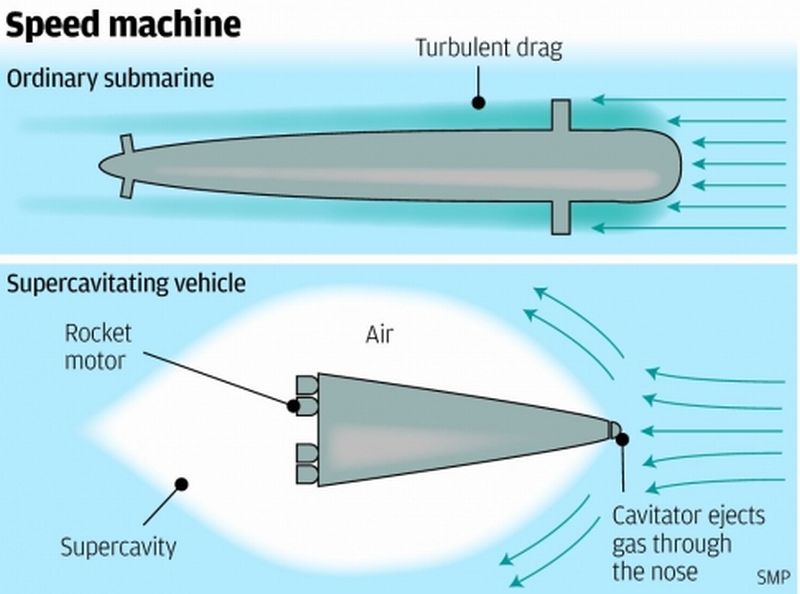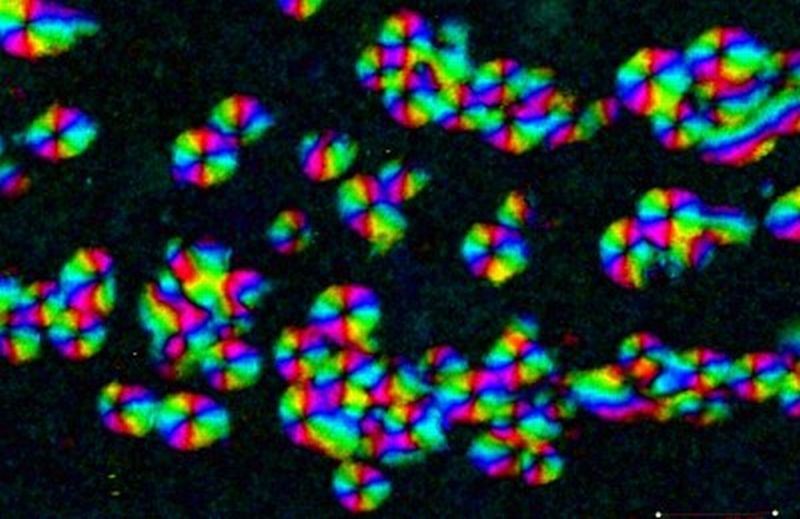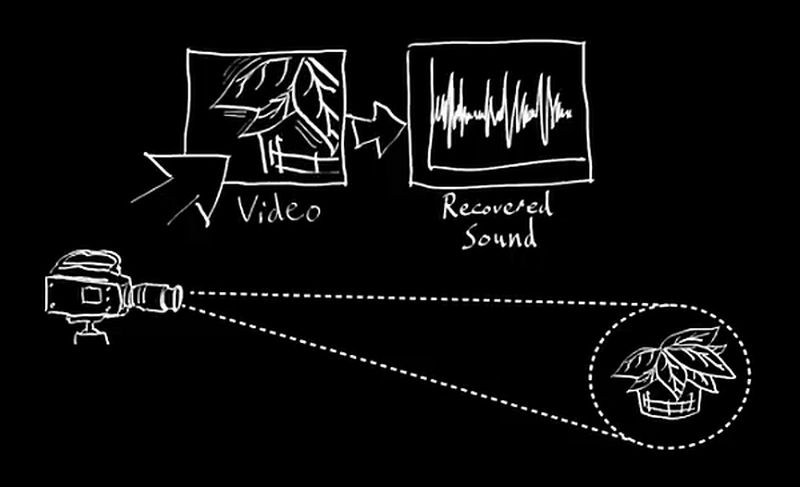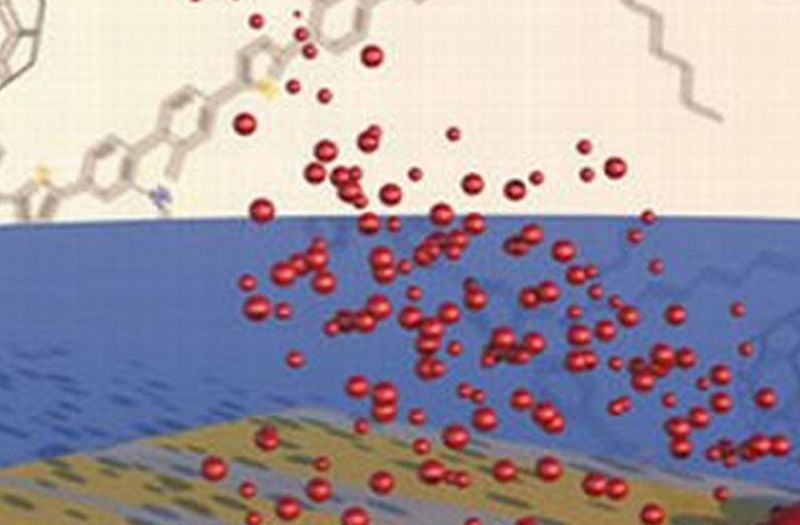Cockroaches are one organism that is disliked by a majority of people but these creepy looking creatures is soon going to help in tracing humans trapped in disaster sites. Similar to penny sized micro robots, these tiny roaches can make its way through the extremely small spaces where others like dogs, camera or robots might not reach thus making rescue operation slow and risking lives of people.
Read MoreTag: futuretech
Magnetic Nanoparticle Pill will detect Cancer: Searching Bloodstream with Google
Giant web search engine, Google is expanding its business in different technological areas, investing in research program to develop driver-less cars, goggle glasses, contact lenses, delivery drones, robots, providing internet facilities via balloons to name a few. Now Google is expanding into the field of advance medicine. With an aim of developing nanoparticles that would be delivered in the form of a pill in aiding cancer detection and other ailments, the big G unveiled its latest project called the “Nanoparticle Platform.
Read MoreECOSTRESS: The New Thermometer for detecting Earth’s Temperature
NASA’s Jet Propulsion Laboratory is developing a space-based instrument for detecting transpiration within plants so that the flora can effectively use water. ECOsystem Spaceborne Thermal Radiometer Experiment (ECOSTRESS) is the name of the device that will be docked on the space station for monitoring the water loss through nano-pores occurring within leaves.
Read MoreNanodiamonds to be used for Delivering Drugs and Cancer Therapeutics: New Imaging Modality
Capturing ongoing processes within living cells in real time is usually done with fluorescent dyes made up of a fluorescent chemical compound, fluorophore. The compound’s unique property of re-emitting light upon excitation makes it the most deserving candidate for imaging cellular processes, however, with the passage of time, the compound becomes toxic thereby renders havoc to the cells in close proximity.
Read MorePIBOT will be the next Flying Captain: Humanoid Learns to Fly Real Airplanes
Last week, we talked about NAO, the humanoid learning to steer wheels and now we have a similar humanoid that is learning to fly real planes. PIBOT is the name of the small and affordable humanoid that is ready to take off our expectations into the skies. PIBOT has been fabricated to operate a toned down, simulated aircraft cockpit. The intelligent synthetic creature is able to make out and use the entire controls comprising of buttons and switches present in the cockpit of a light aircraft that is especially designed…
Read MoreGoogle’s First Quantum Computer: A Combination of D-Wave and Universal Gate-Model
Quantum logic gate based on qubits is what most of the quantum computing labs is working on to make the product a reality. However, these labs show no or less confidence in companies like D-Wave, the Canadian based that came out with world’s first commercially available quantum computer functioning on 128-qubit chipset, in 2011. Lately, in an interesting turn of events, Google went a step ahead by hiring a team of researchers for building their initial Google quantum computer using quantum annealing as per the D-Wave approach than the conventional…
Read MoreGoCart, the Food Delivery Bot: Service Robot for Elderly and Health Care Industry
Slowly and steadily, robots are replacing labor in nearly all sectors some envision it as a threat while others think that it will make the human lives more convenient. There is no doubt that these machines would directly improve productivity and efficiency especially in service sector. Thinking on the same lines, manufactures are working across nations in developing service-oriented bots, first came James the Barman, followed by SaviOne the butler bot and now South Korea-based Yujin Robot has come up with GoCart, a meal-transport machine especially designed to function in…
Read MoreNAO will Drive its Own BMW Sports Car: Humanoid Learns to Steer
Autonomous vehicles are the machines capable of steering by itself, a concept that we are still trying to converge on the line of safety of passengers. Now what if an external machine comes and steer away a vehicle that is designed for humans? Robots LAB, San Francisco based distributor of educational robots, have led to the creation of this imagination, they have come forward with a tiny tot humanoid Nao along with a BMW Z4 Electric sports car. Nao is capable of steering the car independently. The vehicle is equipped…
Read MoreThe Electrolyzer Project: A Promising Technology to Hydrogen Energy Storage
In order to solve the impending world’s problem for renewable energy, Germany is becoming more and more dependent on wind & solar power. Currently, the nation has come up with 20 more projects involving storing energy by creating water splitters, the process is known as Electrolysis.
Read MorePhotonic Circuits to replace Electronic Circuits: New Quantum Technology
Photonic circuits would soon be replacing electronic circuits in the near future of quantum circuits. Since a decade, researchers across the globe were working towards developing quantum circuits but circuits based on light had its limitations however, researchers at the Niels Bohr Institute, Copenhagen have been successful in bringing about the probability.
Read MoreWaste Tire Rubber to replace Graphite Anodes: Battery Technology
Shredded scrap car tires have already find their way by means of recycling into the field of construction, floor mats, shoe soles and rubberized asphalt road material. Now, they would be morphing into another innovative role by becoming an integral part of hybrid and electric cars. Researchers at the Oak Ridge National Laboratory are trying to resurrect life from the discarded used tires in form of carbon material that would be used for lithium-ion battery anodes. Conventionally graphite, a natural carbon material, is the basic building block for lithium anodes.
Read MoreSupersonic Submarine glides from Shanghai to San Francisco in 100 minutes: Supercavitation Technology
Researchers at the Harbin Institute of Technology, China are attempting to create a supersonic submarine, which they envision would cruise through transatlantic underwater in not more than two hours. Li Fengchen one of the lead researchers claimed that they are developing an air bubble that would assist in gliding at very high speeds underwater. One of the main problems with conventional submarines is the friction produced by water, which is far more than flying through air, and so the force renders the machine incapable of peddling at high speed. Supercavitation…
Read MoreGraphene Sheet morphs into Droplets: A Serendipitous Discovery
Graphene does not stop surprising researchers with its limitations when it comes to application in fields like electronics, energy storage and energy generation. The list does not end here, now the wonder material looks promising in domain of medical sciences as well. During routine tests, Monash University’s researchers discovered that sheets of graphene oxide morph into liquid crystal droplets on its own accord. With its new avatar, the graphene droplets have find a promising place in delivery of drugs and disease detection, claimed the researchers.
Read MoreReconstructing Audio from Infinitesimal Vibrations: Algorithm recovers Sounds from Objects
In an extraordinary way of recovering speech from vibrations of things like potted plant and potato chips bag, researchers at MIT, Microsoft and Adobe have created an algo that can decipher audio signal by analyzing the object’s infinitesimal vibrations. Upon performing experiment on detecting vibrations of a potato-chip bag, the researchers were able to reach a good precision with respect to speech. The bag was being photographed by a high quality camera with a distance of 15 feet installed in a soundproof glass-room.
Read MoreNew Spray-on Solar Cells: Thin-film Photovoltaic Technology
In an interesting way, a group of researchers at the University of Sheffield was able to develop perovskite solar cells with the help of spray-painting process. Although the process is not new but using perovskite as a spraying material is being employed for the first time. Sheffield’s experts from the department of Physics and Biological Engineering have already used the spray-painting process to fabricate solar cells but the material used was organic semiconductors. In 2012, the researchers were able to successfully demonstrate the efficiency of photovoltaics based on organometal halide…
Read More
